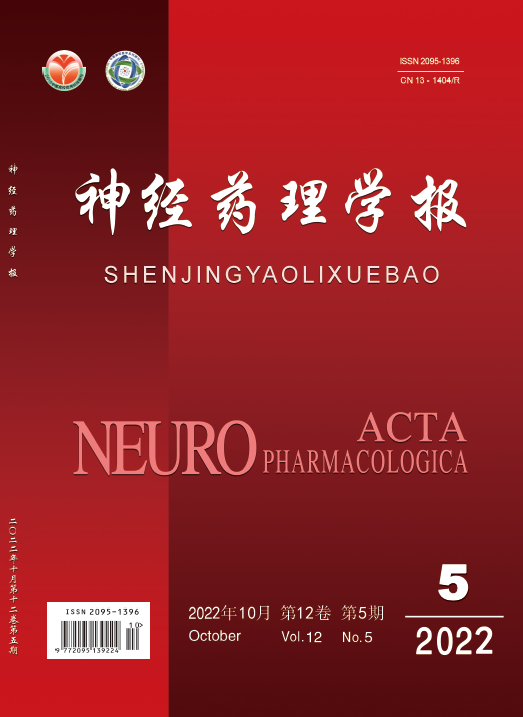Objective:To screen an animal model that is compatible with female AD
syndrome and to provide a basis for the study of compound therapeutic targets for AD. Methods:
3×Tg-AD female mice as the research object and C57BL/6J (wild type,WT) female mice as the
control,the estrogen level in vivo was detected by Elisa. Differences in femoral bone mass and
ovarian aging were observed by HE staining. The spatial learning and memory of mice were
measured by Morris water maze. Immunofluorescence staining was used to detect the expression
of APP/PS-1/Tau protein in the hippocampus. Nissl staining was used to observe the neuronal
Nissl bodies in the brain. Results:The estrogen,bone mass of femur and ovary of female mice
at the age of 3,6 and 10 months were significantly down-regulated in an age-dependent manner.Morris water maze data showed that the escape latency of 3×Tg-AD mice at the age of 6 and 10
months was significantly higher than WT mice. Immunofluorescence staining showed that the
co-expression of Aβ/PS-1/Tau protein increased in the hippocampus of 3×Tg-AD mice at 10
months of age. Compared with the control group,the neurons in the hippocampus of 3×Tg-AD
mice aged 3-month-old were neatly arranged,with clear cell layers and larger cell bodies,with
no significant difference. While neurons in 6-month-old 3×Tg-AD mice were loosely arranged,
Nissl body dissolved and disappeared,with the number decreased,and the arrangement and
apoptosis of neurons in 10-month-old mice were more obvious. Conclusion:The 10-month-old
3×Tg-AD mice had learning and memory impairment,increased Aβ accumulation and Tau in the
brain,significantly decreased estrogen levels in vivo,significant differences in femoral bone mass
and significant signs of ovarian apoptosis.it coincides with the clinicopathological symptoms of
postmenopausal women with AD,which is an ideal female dementia model.

